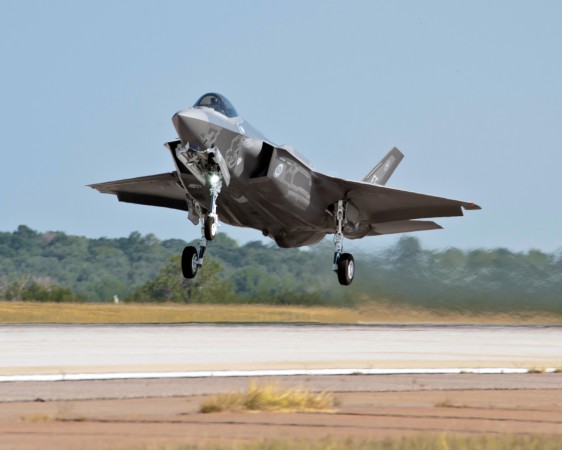F35: the cup overflows in the land of maple?

(BRUXELLES2) Has the limit been reached in Canada? Anyway, reading the National Post, Friday, the impression appears clear. According to the Canadian daily, the entourage of Prime Minister Stephen Harper would be ready to throw in the towel after learning of an audit by KPMG. And the days ahead could be crucial for the future of the country's participation in the US new fighter aircraft program.
Cost: $46 billion over 42 years
KMPG consultants now estimate the cost of the program at nearly 46 billion Canadian dollars (36 million euros) for 65 planes over the life of the aircraft (42 years). That is twice the budget provided by the Ministry of Defence. Acquisition costs are identical at $8,9 billion. But it is the support costs that switch: from 7,3 billion to 15,2 billion $ and the operational costs which go from 9 to 19,9 billion $. The difference is in fact also explained by the duration taken into account: 20 years only in the estimate of the Ministry of Defense, 42 years in the estimate of KPMG. Reduced to the price per year, we arrive at an amount of $1 billion per year.
A (small) chance for the Rafale or the Eurofighter?
« There is no other solution today than to reset (reboot)” the file, comments the entourage of the Prime Minister, under strong pressure from the opposition. And therefore to reopen an international competition to replace the good old CF-18 which is reaching the end of its life and could not exceed 2020, even with an update. Would then be on the track according to the Canadian daily: three European planes - the Rafale from Dassault, the Gripen from Saab and the Eurofighter Typhoon - two American planes - the Super Hornet from Boeing and the F-35 from Lockheed-Martin. The Chief of Staff, Thomas Lawson, also acknowledged that the F-35 was not the only modern aircraft with such capabilities.
The limits of industrial blackmail
If Canada were to default, the consequence could be immediately translatable in terms of an increase in the cost of the device (+15%). And this could above all have a negative ripple effect: we are thinking particularly of the Netherlands (where the government has initiated a more comprehensive evaluation process*). There is a possible risk for the Canadian industry. But they can be reduced according to the commentators. The $375 million from which the Canadian industry benefits could be kept because they occupy specific technological niches. And the other industrialists are also ready to allow local industrialists to benefit from such spin-offs.
Read also:

